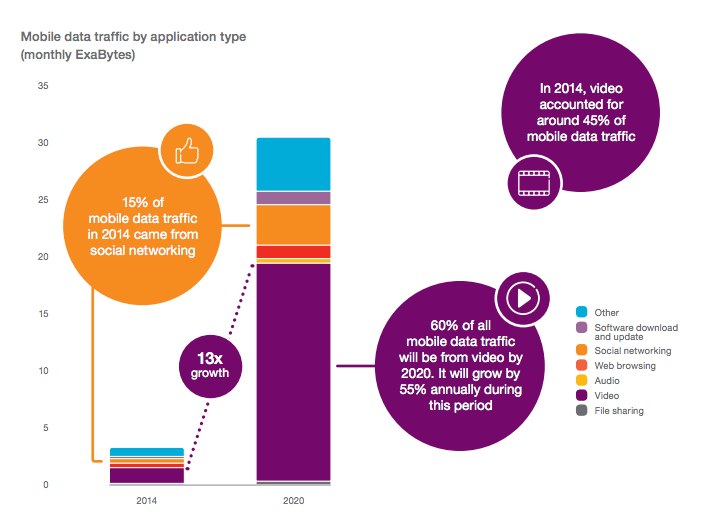Last week, Path CEO Dave Morin announced that he’d sold the company’s eponymous app to Duam Kakao, a Korean messaging firm. “In 2010 a small team of us set out to build a company focused on quality products that bring you a source of happiness, meaning, and connection,” Morin
wrote in a blog posting. “Five years later, Path continues to follow that simple mission primarily within communities in Southeast Asia.” Although Path managed to attract significant buzz during its time as a standalone company—
not all of it good—it ultimately failed to threaten the giants in the social-networking space.
According to App Annie, it ranks 160th (and falling) among social-networking apps in the United States. Despite that decline, however, it seems to have found a second life in a market on the other side of the planet.
Check out the latest app-developer jobs. According to a new
Mobility Report (PDF) from Ericsson (
hat tip to TechCrunch for the link), there will be 6.1 billion smartphone users by 2020, or roughly 70 percent of the world’s population. Whether or not you agree with that ambitious estimate (there are roughly 2.6 billion smartphone users today), it’s undeniable that mobile connectivity is spreading rapidly to developing markets in all corners of the globe. The Ericsson report estimates that 80 percent of new smartphone users will come from Africa, Asia, and the Middle East. People will also use their smartphones for more bandwidth-intensive activities, such as video. Social networking will likewise enjoy explosive growth, along with some other categories (see graph above). For your average developer or tech pro, this growth in smartphone users means a rapidly expanding global market for apps of all kinds. It also means that apps on the decline in their home market can still survive, provided they find an audience in another country. While there’s a certain element of luck involved in seizing a secondary market—the creators of Path probably had little idea they’d eventually have a hit in certain Asian communities—a handful of techniques may increase the app’s odds:
- Low Cost: At this point, it’s increasingly clear that in-app purchases represent the best way for developers to build a revenue stream along with an audience; whether in China, the U.S., or some country in-between, it’s difficult for any paid app to gain traction when there are so many free alternatives available in the various app stores.
- Language Support: While many games don’t offer text aside from the actual title (you can be illiterate and still play Flappy Bird), apps for pretty much any other function require language support for the target markets. For small development shops, that raises the question of whether the possible benefits of breaking into a new market are worth the resources necessary to translate the app into, say, Russian or Chinese.
- Tailoring to Markets: It’s possible to tailor app functionality to specific markets, but that requires a.) research, and b.) resources. Some teams may even feel it’s worth it to fly developers to another country on an exploratory mission.
It’s a big world out there, filled with people who probably want to use your app. The question is how to find them.



